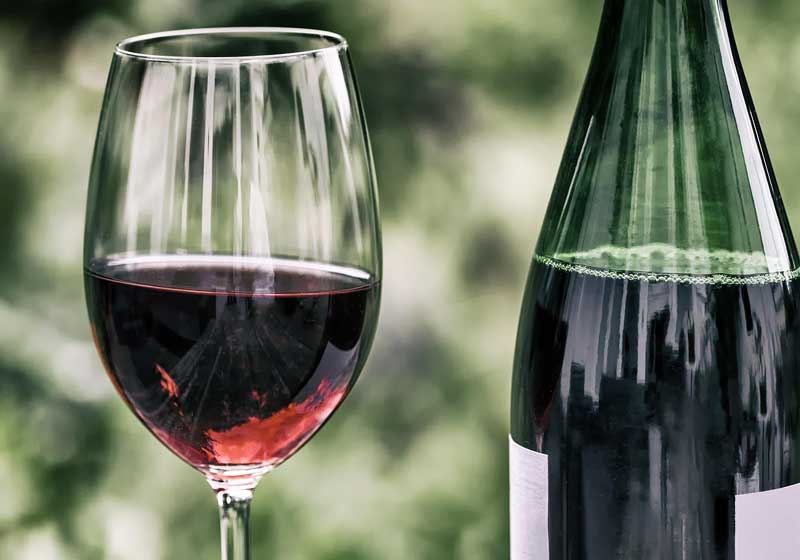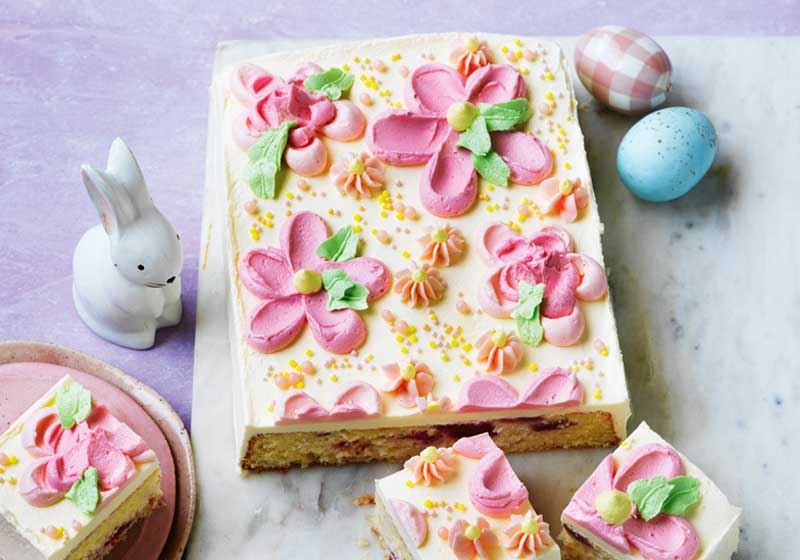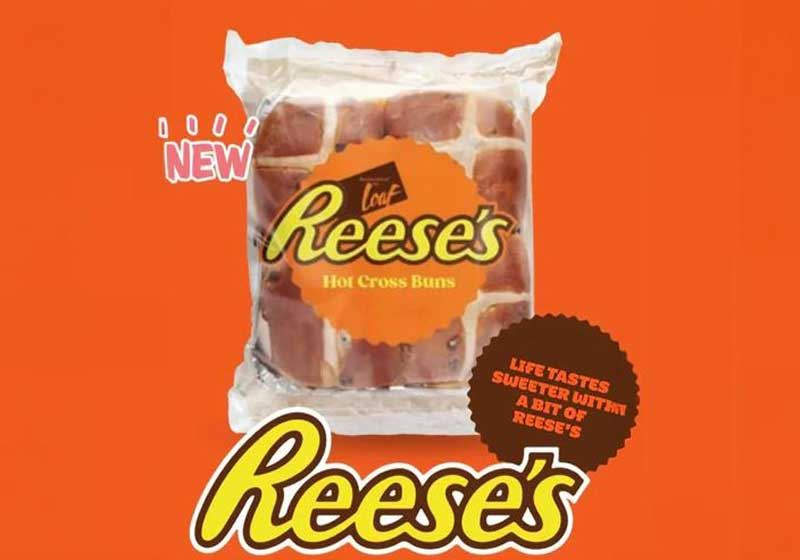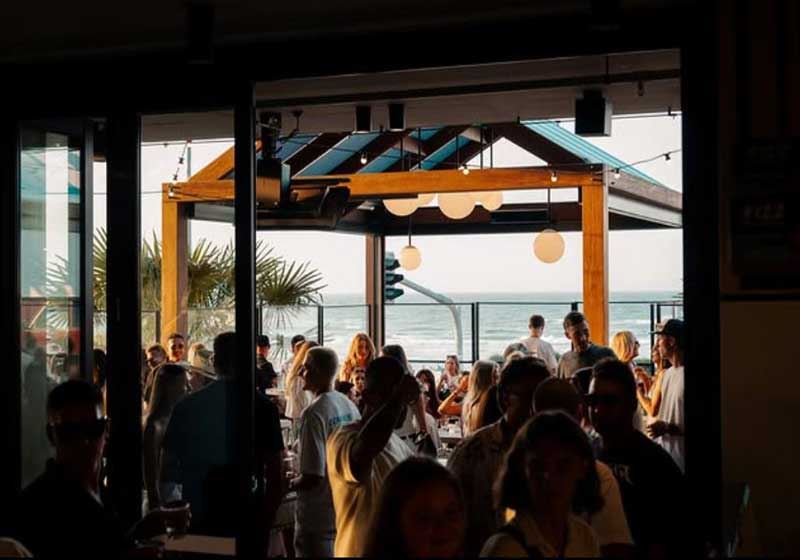By Dan Sims
From The Wine Guide
To be honest, it feels like I’ve been doing this ‘wine thing’ for a long time, perhaps too long. And as with any profession, the fascinating and intriguing elements that once were a source of great challenge and excitement can slowly begin to frustrate and downright annoy. For me, the ‘thing’ that really irks me about wine is the long-winded wine descriptions that get spouted. Is it really necessary to spurt out a verbal fruit salad of descriptions and talk of ‘grilled nuts and little white flowers’ or a bunch of other words that really only have meaning to the person saying them? Surely there must be an easier way to describe and talk about wine?
As we discussed in the last month’s edition, the word ‘wine’ itself is intimidating enough – especially when taking your first steps – without having to come up with a bunch of words to describe what’s in your glass. Where do you start? What are the best descriptors? How much is too much? What if you get it wrong? Are you making any sense? These are all questions I’ve asked myself whilst trying to describe a wine from the list to a guest, or when making a particular recommendation. The subjective nature of this liquid makes it all the more difficult to quantify; however, it would seem to me that it is, in fact, a necessary evil. How else are you able to recommend a wine without talking and giving customers some idea of what the wine actually tastes like? The trick is to keep it simple.
Keeping wine descriptions general is both beneficial to your guest and to yourself. Time is a critical factor, as when talking to a guest you really only have between 30 seconds to a minute to describe a wine, so rattling off a long winded description is not only going to bore them, it is more than likely going to annoy them. Effective communication is the key to wine service, and by communicating clearly and concisely you will not only become more efficient, you will also engage your guest rather than simply dictating taste.
It’s all about talking to people as if they do know about wine, even if they don’t. If you go into too much detail discussing a wine to someone who does know about wine, they’re more than likely to be frustrated and say ‘can you just get me the wine’. Say the same thing to someone who doesn’t know that much about wine, they’ll more than likely say the same thing and be even more confused than when they started. So remember, keep it simple and by doing so strike a comfortable and familiar middle ground for both of you.
So much about tasting wine is asking yourself questions and coming up with your own answers. For example, when tasting white wine, try to break it down to these broad fruit descriptors; citrus, tree, stone, tropical or dried fruit. For citrus think lemons, limes, oranges, grapefruit … you get the idea. For tree fruit, think apples and pears. Stone – peaches, nectarines and apricots. Tropical – passion fruit, melon and banana… you get the drift. And for dried, think dried figs, apricots and all the rest. For red wine its easy start off with light red fruits and berries, through to dark red fruits/berries then all the way to purple-blue-black fruits. Easy.
From there, ask yourself whether the wine is light, medium or full bodied/flavoured (as discussed last issue) and when the two components (flavours and body) are added together, you should have a clear, concise starting point for your guest. Why go through all this? The reason is we all have our own olfactory memory, with different ways of describing the same thing as so much of what we interpret is based on our own personal experience.
Still struggling? Well one tip I still use to this day when I’m struggling to come up with a description is to look at the colour of the wine and then match a fruit to it. For example, if the wine is light red in colour, I ask myself ‘what is a light red fruit’. Strawberry is often the first to come to mind. From there I smell the wine and ask myself ‘can I smell any strawberries?’ From a light red colour, wine goes to dark red, then to purple, then blue and finally black. Again, try matching a particular fruit to the colour.
My father once said to me (when I was on route to a job interview) ‘Son, clothes don’t make the man but they sure as hell do introduce him’. Colour in wine can often be the same. It acts as an introduction for what’s to come; though saying that, you shouldn’t judge a book by its cover. Be sure to taste your wine confirm its qualities, but remember if you keep it simple it is very hard to go wrong.









